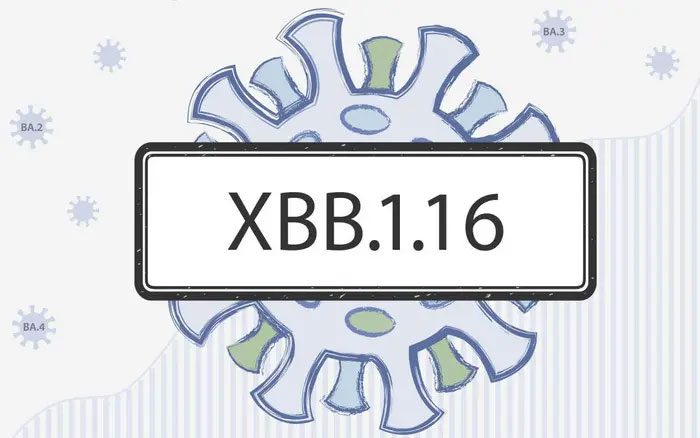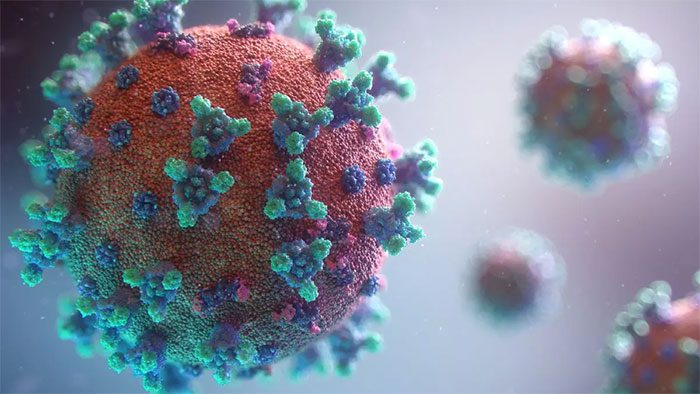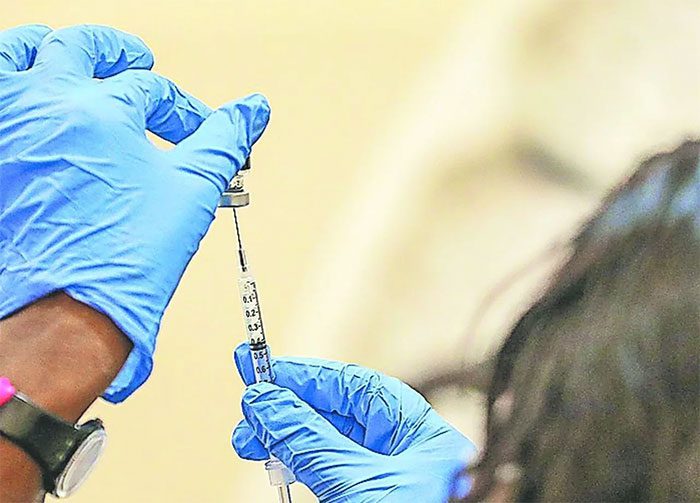The XBB.1.16 variant (Arcturus) has been classified as a variant under monitoring by the WHO. The prevalence of this variant is increasing in Asian countries, including Southeast Asian nations such as Indonesia and Thailand. As of now, Vietnam has not reported any cases of this Covid-19 variant.
The Arcturus variant, or XBB.1.16, is a subvariant of Omicron and is part of a new class of XBB subvariants. According to the WHO, XBB.1.16 is a recombinant of BA.2.10.1 and BA.2.75 and shares mutations with XBB.1.5. The mutations of this new variant are associated with signs of increased transmissibility and higher infection rates.
Since March 27, XBB.1.16 has been reported in 29 countries. The number of infections with the XBB.1.16 variant has risen from approximately 0.21% of total global Covid-19 cases at the end of February to an estimated 3.96% a month later.

The XBB.1.16 variant is a subvariant of Omicron.
1. How Does the XBB.1.16 Variant Spread?
According to Prevention, it seems that due to an additional mutation in the spike protein, laboratory studies indicate that the Arcturus variant is more contagious, which is leading to an increase in cases. However, it appears that the variant does not cause more severe illness. This is also why the WHO has classified XBB.1.16 as a variant under monitoring rather than a variant of concern.
According to the Johns Hopkins Center for Health Security, this variant is also more likely to evade previously acquired immunity from recent infections—again, indicating an additional mutation in the spike protein of the XBB.1.16 variant, making it more transmissible compared to previous variants.
2. How to Distinguish the XBB.1.16 Variant from Other Variants?
Some data to be published soon suggest that symptoms associated with the XBB.1.16 variant may differ. Dr. William Schaffner from Vanderbilt University School of Medicine stated: “It seems that XBB.1.16 causes higher fevers—something that is not always prominent in Covid-19 infections. At the same time, those infected with this variant report coughs similar to those seen with previous variants.”
However, Dr. Schaffner also added: “It appears that in children, infection with the XBB.1.16 variant causes a more recognizable symptom compared to earlier variants, which is conjunctivitis and inflammation inside the eyelids, leading to itching and redness of the eyes.”

Some data to be published soon suggest that symptoms associated with the XBB.1.16 variant may differ. (Image: ST).
Echoing Dr. Schaffner’s view, Dr. Amesh A. Adalja, MD from the U.S. National Institutes of Health, also noted that in addition to reports related to conjunctivitis and eyelid inflammation, the Arcturus variant still presents symptoms very similar to other Omicron variants.
Thus, it can be seen that symptoms of infection with the XBB.1.16 variant seem to be characterized by:
- Higher fever
- Some cases of conjunctivitis, especially in children.
However, apart from these characteristics, most other symptoms of Covid-19 infection are familiar signs. It is also essential to remember that larger data sets are needed to determine whether these symptoms are indeed characteristic of the XBB.1.16 variant when considering the prevalence from mainstream studies.
According to the Centers for Disease Control and Prevention (CDC), the most common symptoms of Covid-19 remain:
- Fever or chills
- Cough
- Shortness of breath or difficulty breathing
- Fatigue
- Muscle or body aches
- Headache
- Loss of taste or smell
- Sore throat
- Congestion or runny nose
- Nausea or vomiting
- Diarrhea.
3. Are There Vaccines Against the XBB.1.16 Variant?
With the emergence of new variants, the question always arises: “Do current vaccines help against new variants?” Scientists indicate that it is still too early to determine the level of protection provided by the existing Covid-19 vaccine formulations against the XBB.1.16 variant.

Do current vaccines help against new variants? (Image: ST)
However, being fully vaccinated against Covid-19 significantly reduces the risk of contracting any severe infections from variants, including the prevalent Omicron strains.
Dr. Schaffner noted that for treating infections, the treatments we currently have, such as Paxlovid, will work well with this new subvariant.
4. Does the XBB.1.16 Variant Increase the Risk of Long Covid?
Dr. Schaffner stated that it is still too early to say whether this variant has a greater or lesser likelihood of leading to long Covid. That said, Omicron variants tend to cause fewer long Covid cases, especially in “populations” that have been vaccinated.
In summary, it is too early to draw many conclusions about the XBB.1.16 variant. What individuals can do to combat Covid-19 transmission remains to wash hands thoroughly and frequently; wear masks in crowded places at high risk of transmission; maintain distance from sick individuals along with other principles recommended by the Ministry of Health, including being fully vaccinated with Covid-19 booster shots when eligible.


















































